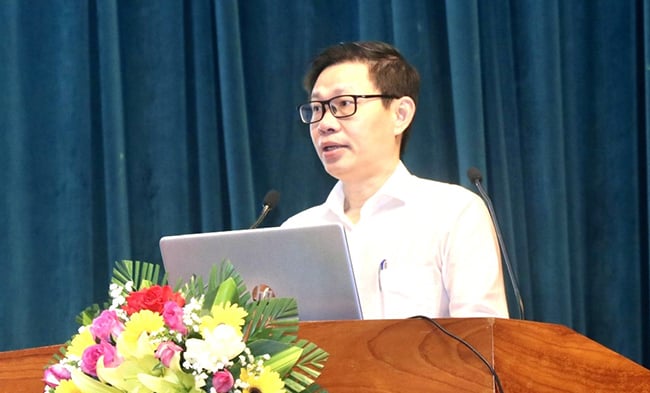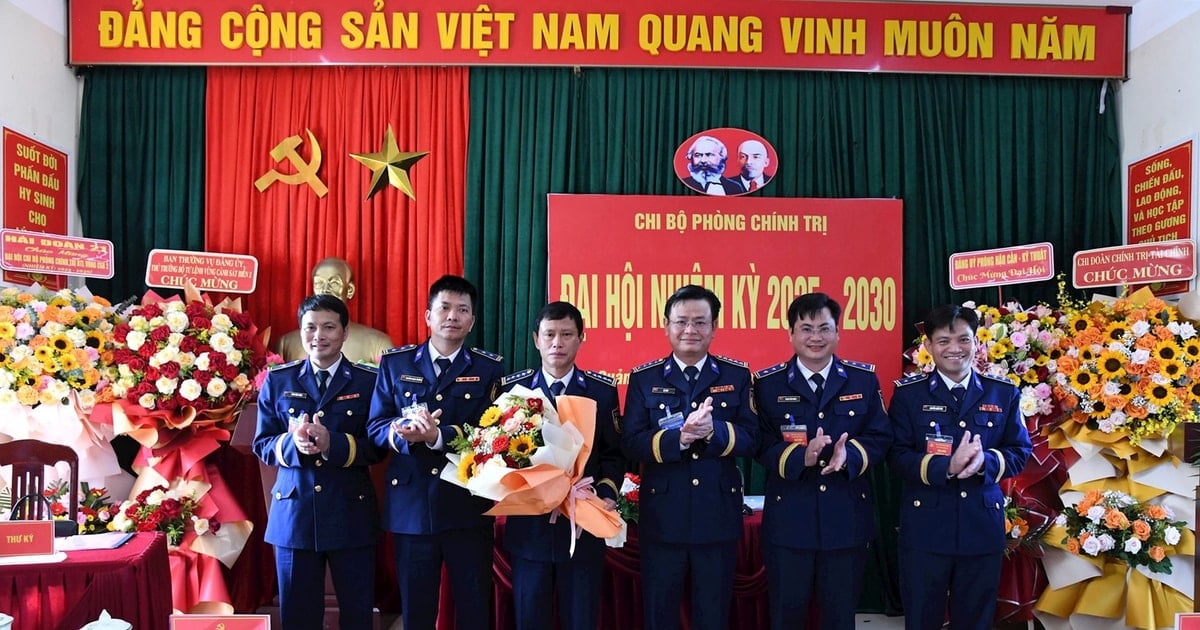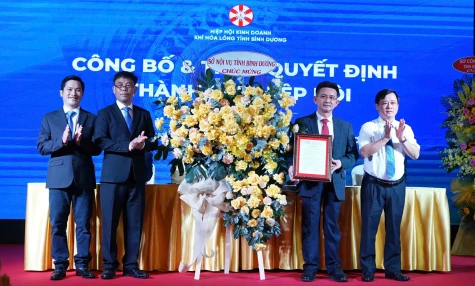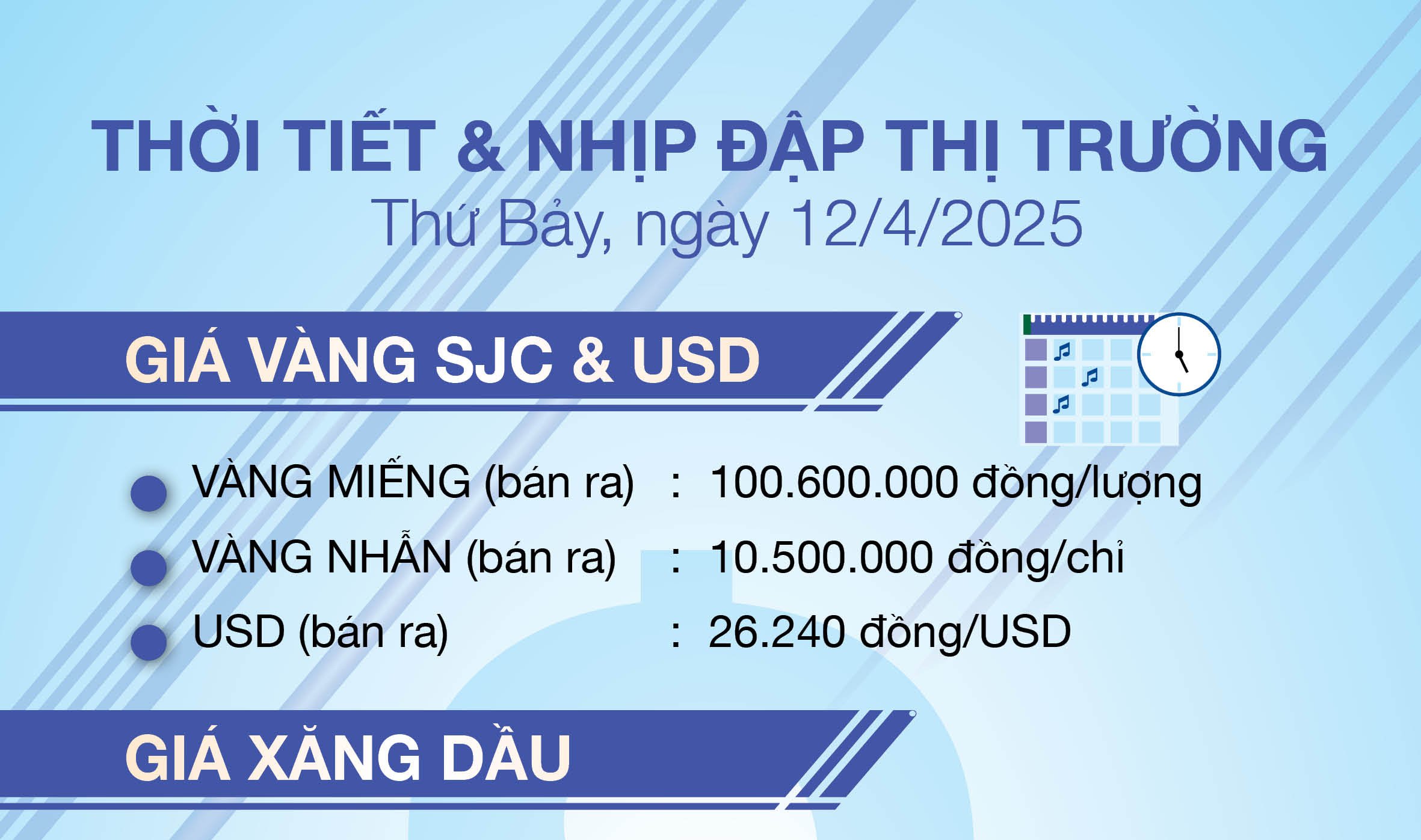BIM application promotes digital transformation in the construction industry
In 2025, Binh Dinh will begin applying building information modeling (BIM) in construction investment activities. Mr. Le Anh Son, Deputy Director of the Department of Construction, emphasized that BIM is the most effective tool to "digitalize" the construction industry, and is the basic foundation for combining digital technology systems with mechanical activities on the construction site.
* More specifically, what are the benefits of applying BIM in construction activities, sir?
BIM has been effectively applied in the construction industry in many countries around the world, but it is still quite new to Vietnam. In our country, in 2023, the Prime Minister issued Decision No. 258/QD-TTg on the roadmap for applying BIM in construction activities.
Applying BIM in construction management is an inevitable trend that brings many benefits and effectively improves the quality of construction investment activities. It helps to shorten the time and improve the quality of projects, designs, and construction, such as: Minimizing repairs and design adjustments; significantly saving costs of supplies, materials, labor, and construction vehicles, contributing to reducing project costs (cost savings equivalent to 12% of the project's construction costs); shortening project preparation time (reducing 17 - 22%); shortening design implementation time after basic design (reducing 15 - 35%); reducing modification requirements due to design incompatibility.
On the other hand, the process of exchanging information in project implementation is more convenient, because the working environment has been established in a digital environment. Support in developing construction organization plans, organizing and managing resources during the construction process, controlling construction quality; acceptance, handover and putting the project into use..., thereby helping to shorten construction time by 12 - 15%.
Notably, for state management agencies, BIM is a tool to support the implementation of state management tasks (project appraisal, basic design, construction design; construction licensing; construction management; inspection of acceptance work).
 |
Deputy Director of the Department of Construction Le Anh Son at the training conference on BIM model in construction activities. Photo: MAI HOANG |
* So how does Binh Dinh apply the BIM roadmap?
In March 2025, the Provincial People's Committee issued Plan No. 44/KH-UBND on the application of BIM in construction activities. Specifically, BIM will be applied from 2025 to projects with an investment scale of Group B or higher at the time of project preparation and will only be required to be applied to new construction works of level II or higher under the project.
From 2026, BIM will be applied to new construction projects of Group C projects or higher that require a feasibility study report at the beginning of project preparation. From 2027, consider applying BIM to all new projects and construction works using public investment capital and foreign capital invested in public investment.
With the above BIM application roadmap, it can be seen that our province pays much attention to applying BIM in construction investment activities through expanding the scope of projects applying BIM compared to the current regulations of Decree 175/2024/ND-CP, in order to meet the requirements of digital transformation in the province's construction industry.
On that basis, the Department of Construction has requested investors to apply BIM from the stage of preparing feasibility study reports to support state management, typically the FPT Software Center for Research, Production and Training of Technology Experts project (serving construction licensing); Provincial Political School (serving project appraisal).
In the future, many projects will continue to apply BIM from the investment preparation stage such as the upgrading and expansion projects of Binh Dinh Eye Hospital (phase 2); Provincial Museum; Ban Mai luxury resort and eco-tourism; commercial apartment projects, social housing apartments, etc.
* BIM application is inevitable but there needs to be a reasonable conversion roadmap regarding legal framework, BIM process, people and technology...
It is true that up to now, the implementation of BIM application in construction management at the local level is facing some difficulties and obstacles when there is no specific circular guiding the implementation of the work of submitting, appraising, approving, and granting construction permits for design documents in the form of BIM models.
In addition, the capacity of some local design consultants to understand BIM is still limited. Applying BIM requires designers to change their working methods, and being “afraid” to change will cause a big barrier. Local infrastructure is not yet qualified to apply BIM; initial investment costs are very high (for training on software use, purchasing software, upgrading computer systems)...
Investors have not really been proactive in paying attention and requesting the application of BIM to assigned projects. It is also necessary to recognize the reality that the team of state management agencies, investors, and project management boards using public investment capital and foreign capital for public investment have not received basic training in BIM.
* So, what measures does the Department of Construction have to promote BIM application, sir?
As the state management agency of the construction industry in the province, as soon as Decision No. 258/QD-TTg was issued, the Department of Construction thoroughly understood that this is a very important policy and direction to "digitalize" and improve the quality of the construction industry. From there, the Provincial People's Committee advised the organization of 2 BIM training conferences to introduce organizations and individuals to promptly grasp the knowledge in preparation for mandatory application from 2025.
This year, the Department of Construction continues to organize a number of activities to concretize Plan No. 44/KH-UBND of the Provincial People's Committee. Specifically, this April, there will be 4 training courses on using BIM to serve the appraisal, construction permit issuance, project management for each type of construction (civil works, industrial buildings; technical infrastructure works; traffic works; for agricultural and rural development works).
The Department of Construction shall preside over and coordinate with specialized construction management departments to guide investors, relevant organizations and individuals in applying the BIM model in the stage of preparing feasibility study reports, establishing construction designs to be implemented after basic designs; completing, handing over and putting the works into use.
Continue to strengthen information and propaganda about BIM to raise awareness and responsibility of relevant entities in the field of construction investment for the application of BIM...
* Thank you!
MAI HOANG (Implementation)
Source: https://baobinhdinh.vn/viewer.aspx?macm=5&macmp=5&mabb=353940






















![[Photo] Overcoming all difficulties, speeding up construction progress of Hoa Binh Hydropower Plant Expansion Project](https://vstatic.vietnam.vn/vietnam/resource/IMAGE/2025/4/12/bff04b551e98484c84d74c8faa3526e0)


































































Comment (0)